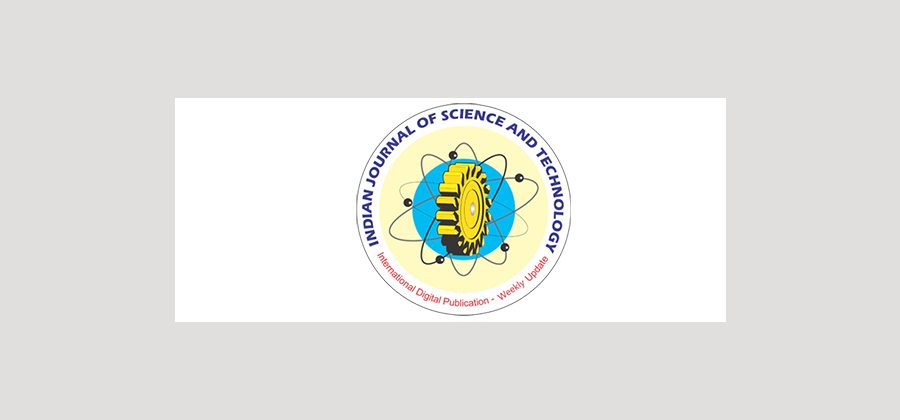


Indian Journal of Science and Technology
DOI: 10.17485/ijst/2016/v9i43/104394
Year: 2016, Volume: 9, Issue: 43, Pages: 1-5
Original Article
Anshuman Prakash1*, Mukesh Kumar Ojha2 , Manpreet Kaur Khurana1 and Rajesh Singh1
1Department of Electronics, Instrumentation and Control Engineering, University of Petroleum and Energy Studies, Dehradun - 248007, Uttarakhand, India; [email protected], [email protected], [email protected] 2Department of Electronics and Communication Engineering, Greater Noida Institute of Technology, Greater Noida - 201306, Uttar Pradesh, India; [email protected]
*Author for correspondence
Anshuman Prakash
Department of Electronics, Instrumentation and Control Engineering, University of Petroleum and Energy Studies, Dehradun - 248007, Uttarakhand, India; [email protected]
In today’s world, wearable devices are progressively being used for the enhancement of the nature of the life of individuals. Human Machine Interface (HMI) has been studied for dominant the mechanical device rehabilitation aids through biosignals like EOG and EMG etc., and so on. EMG signals have been studied in detail due to the occurrence of a definite signal pattern. The current proposal focuses on the advancement of a Wearable Device control by using EMG signals of hand movements for controlling the electronic devices. EMG signals are utilized for the production of the control indicators to develop the device control. Also, an EMG sign procurement framework was produced. To create different control signals relying on the sufficiency and length of time of signal segments, the obtained EMG signals were then prepared for device control.
Keywords: Electromyography (EMG), HMI, Wrist movements, Wearable
Subscribe now for latest articles and news.